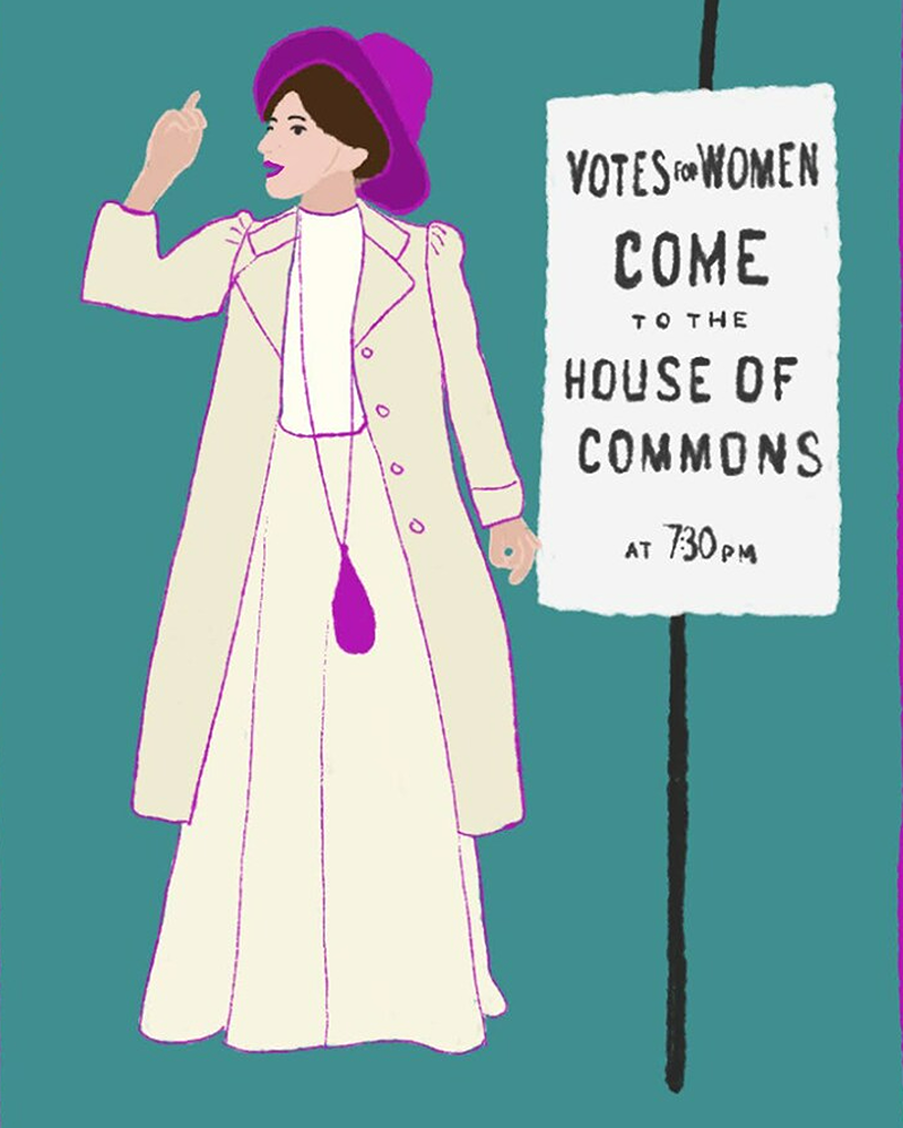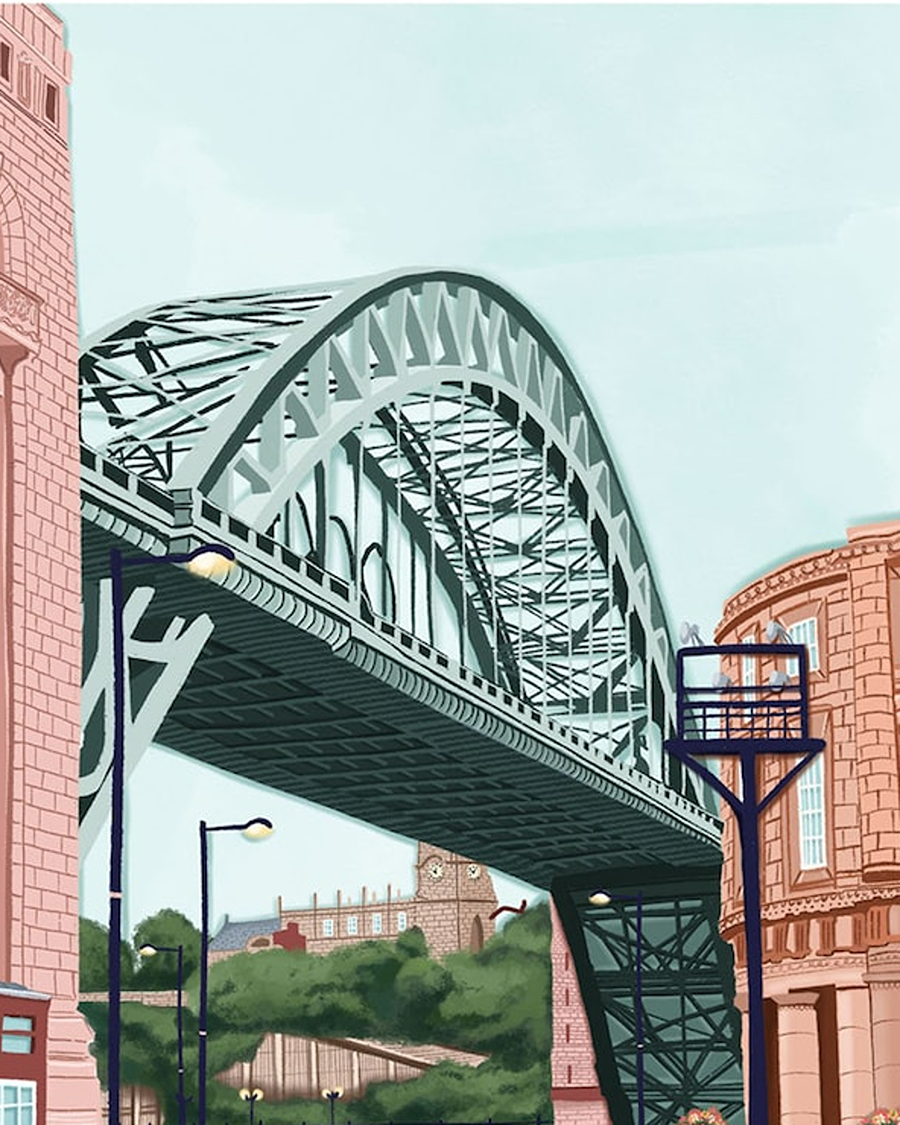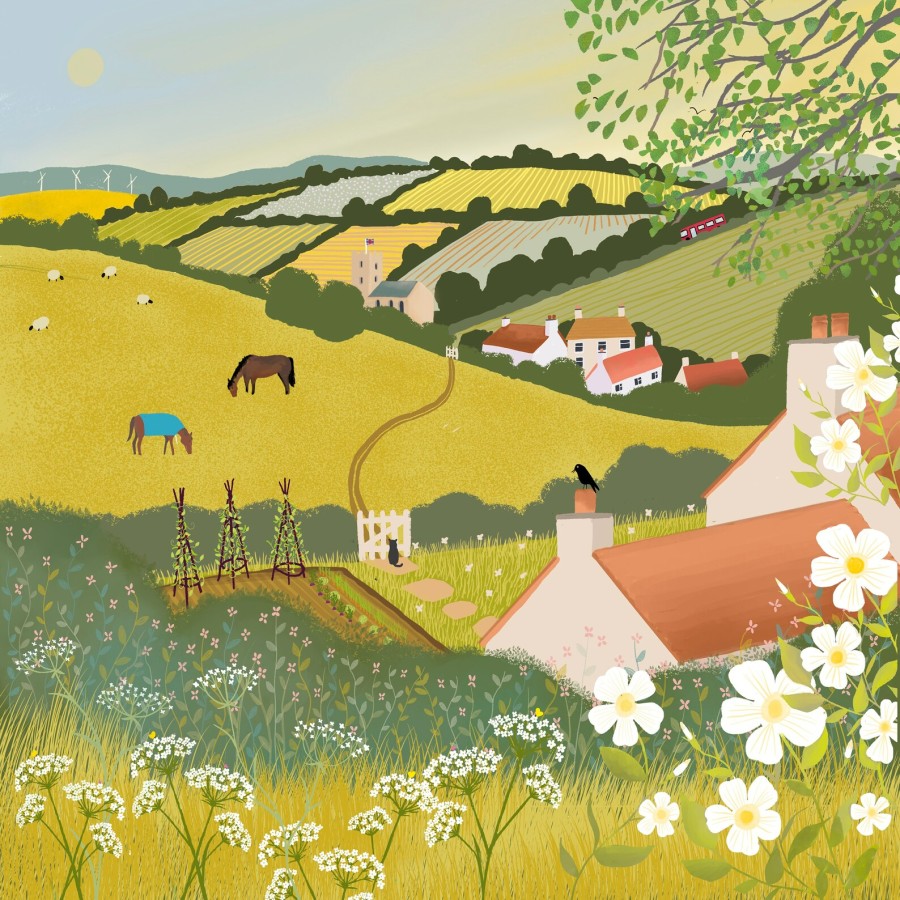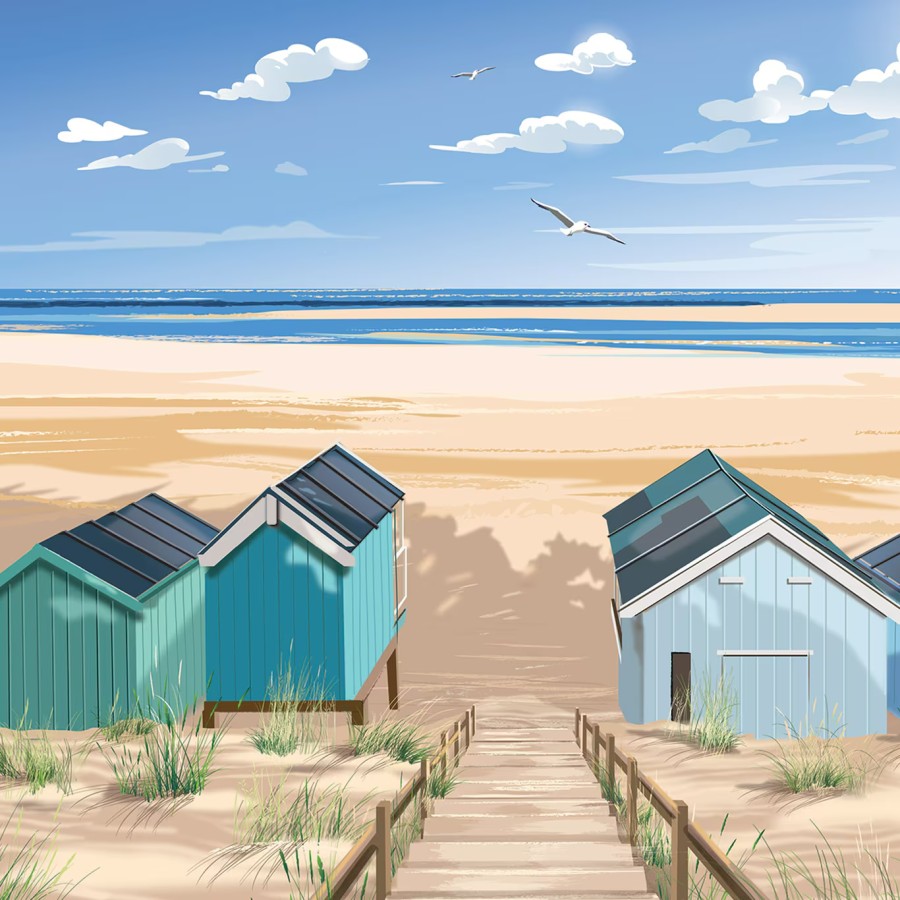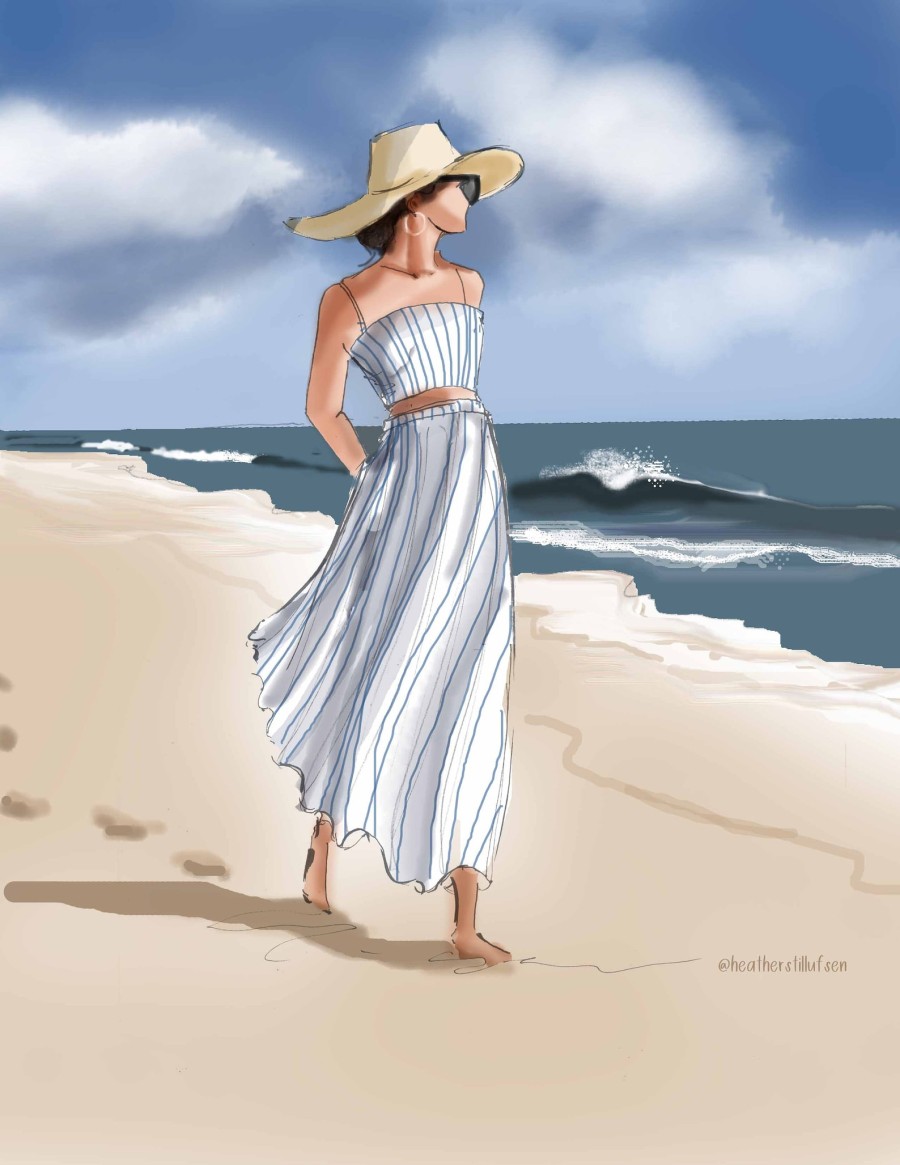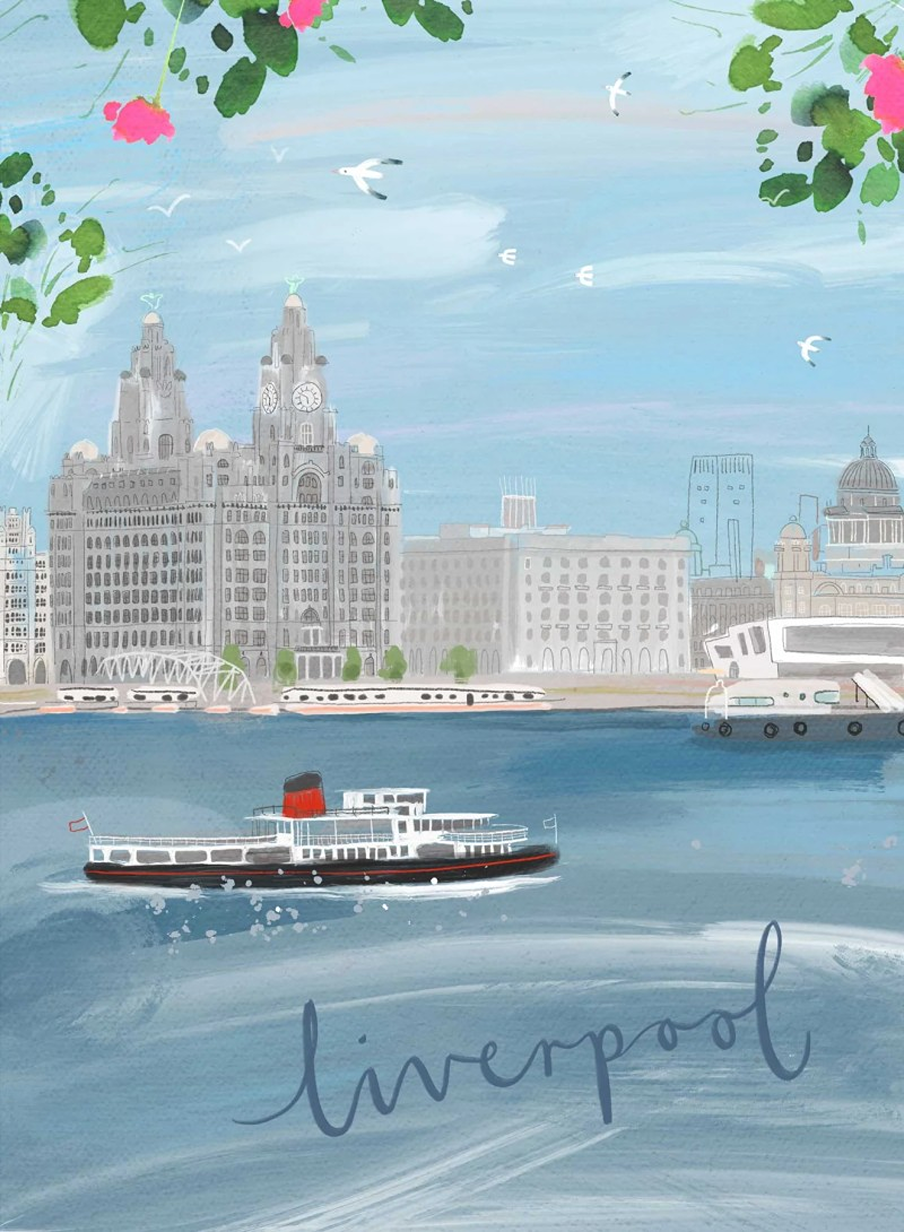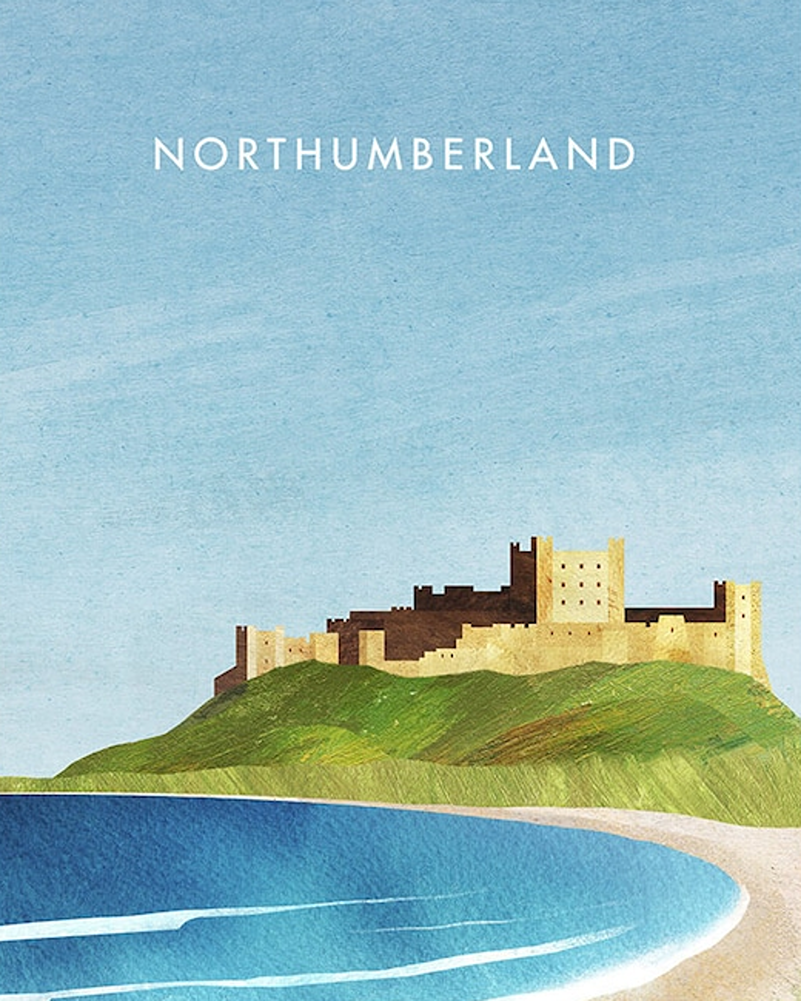
Northumberland is a hauntingly beautiful county and also very quiet, with the lowest population of anywhere (alongside Shropshire – one journalist sent to discover our most beautiful place pipped Shropshire just above here, simply because he didn’t like the rain, cold and wind!
Bamburgh Castle is one of over 70 castles overlooking wide sandy beaches (just up the coast are Sir David Attenborough’s favourite wildlife-watching spot of the Farne Islands. England’s most northerly town of Berwick-upon-Tweed has changed hands with Scotland many times – it even has its own tartan!
home to many of our resident seals
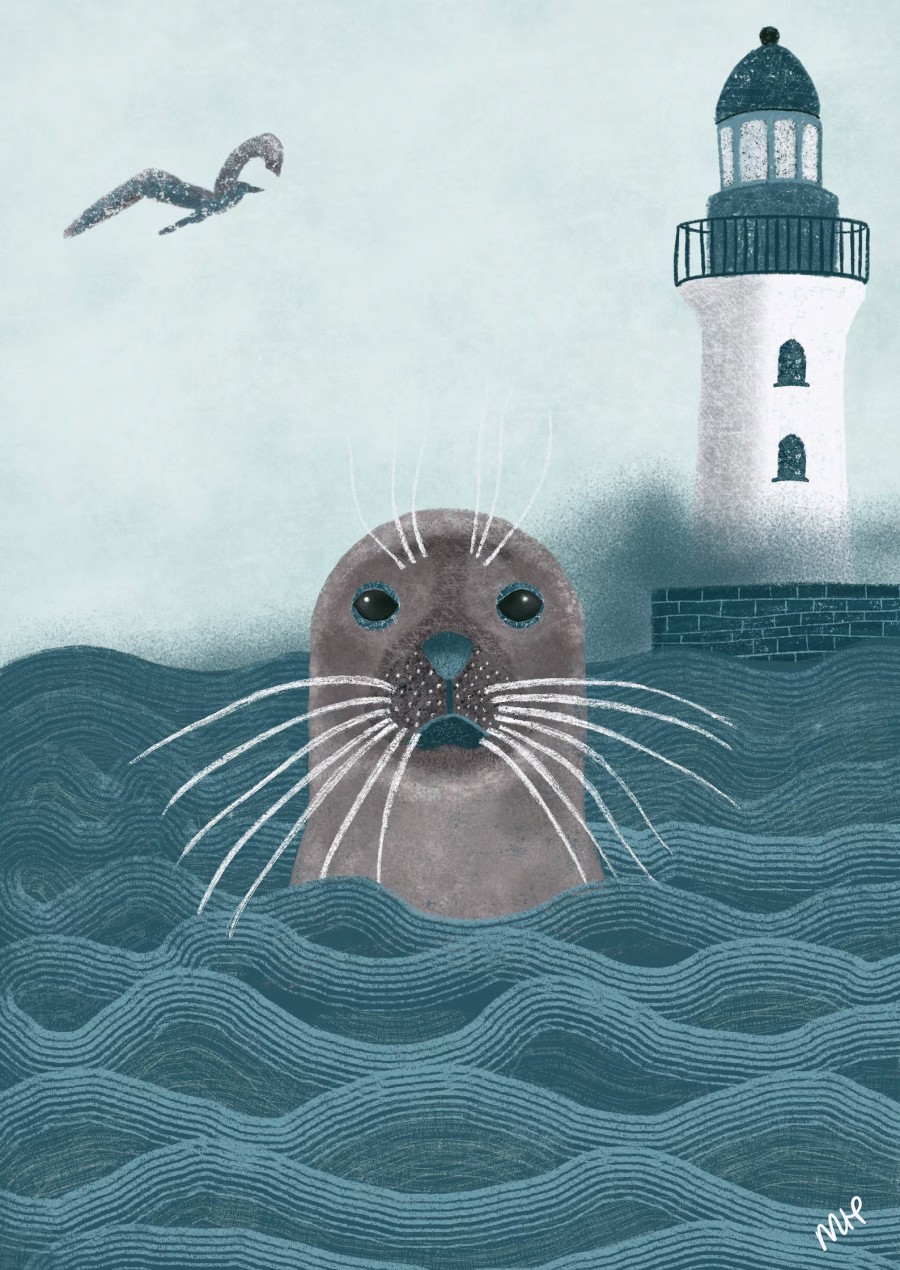
Always leave seals alone (pups cannot survive if spooked back into the sea, as their blubber is not thick enough to prevent freezing/drowning). Keep dogs away from seals, as seals often hide their pups in sand dunes (especially during breeding season). Read how to help our grey & harbour seals.
the Farne Islands (home to thousands of puffins)
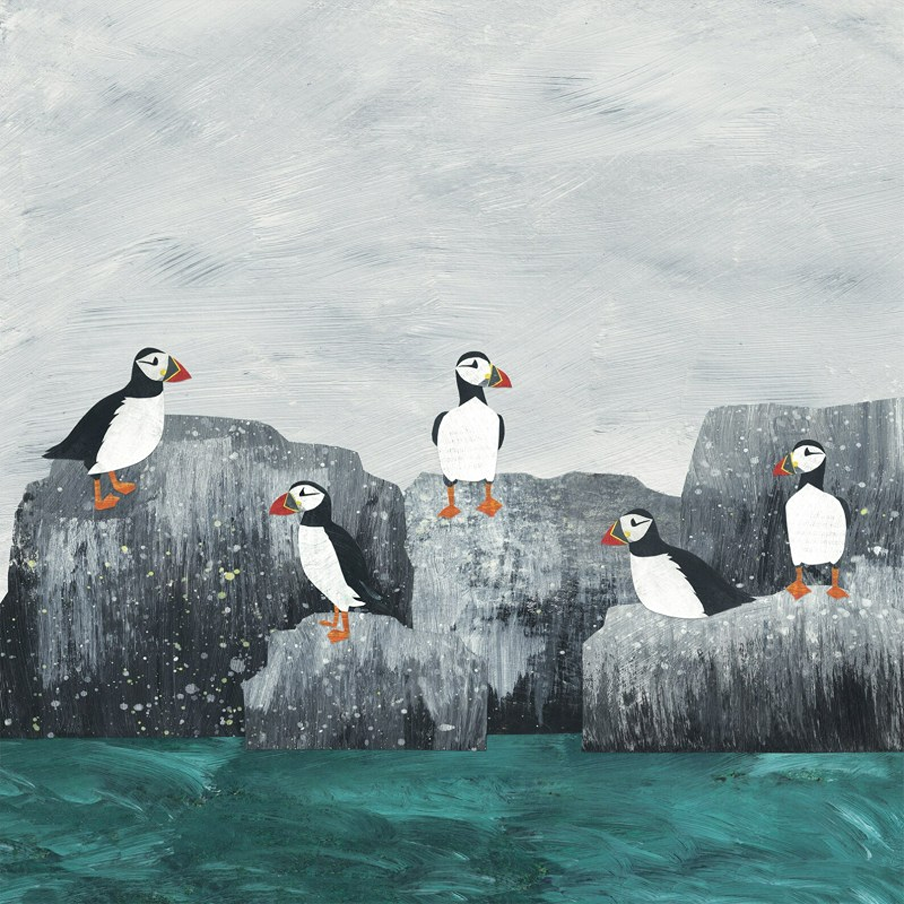
Atlantic puffins (native to Iceland) spend most time at sea, coming ashore to raise ‘pufflings’ who live in burrows underground. They dive for around 30 seconds at a time, using their wings to ‘fly through the water’. Although you can see thousands congregating in colonies, these ‘sea parrots’ (whose beaks only turn orange during breeding season) are in peril, due to over-fishing of sandeels (the silvery fish you see in puffin photos – there are plans to ban sandeel fishing, to help numbers recover – other seabirds affected include gannets, kittiwakes, guillemots and razorbills). Other risks to puffins are oil spills, sea pollution, freak storms and even rat invasions (affects chicks and eggs).
dark skies & pine trees = red squirrels!

This entire county of Northumberland is a national park, known for its ‘dark skies’ with little light pollution. Interestingly, it also has one of the best populations of endangered red squirrels (native to Scandinavia), proving that retaining native pine forests is the answer (not blaming grey squirrels). Read how to help both red and grey squirrels.
the beginning (or end) of Hadrian’s Wall
Also in these parts is Hadrian’s Wall, which took 15,000 men to build over six years. Stretching from Cumbria on the west coast to Northumberland, archaeologists have found many human skeletons, including two bodies under a tavern floor (one had a dagger found between his ribs, leading to one of the most famed unsolved murder mysteries).

